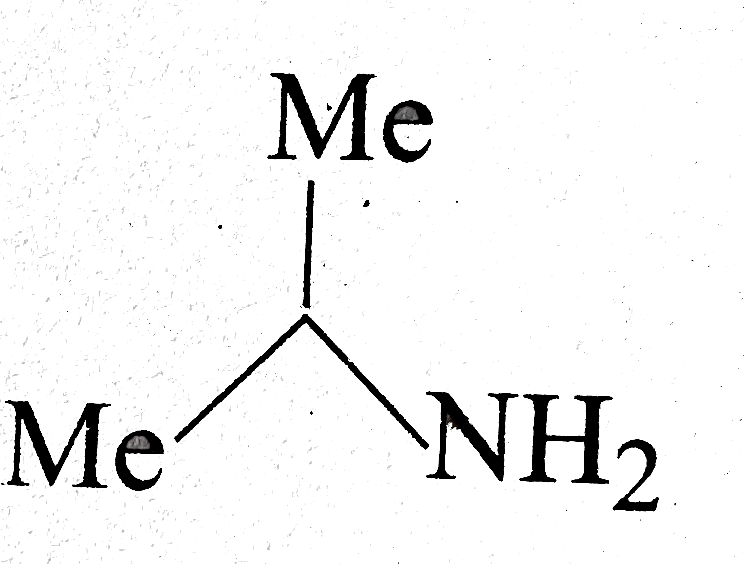Consider the following perhalate ions in acidic medium ClO−4(I),BrO−4(II),IO−4(III)
Arrange these in the decreasing order of oxidizing power
I > II > III
I > III > II
II > I > III
II > III > I
The correct Answer is:D
To determine the decreasing order of oxidizing power for the perhalate ions ClO−4, BrO−4, and IO−4 in acidic medium, we will analyze their standard reduction potentials. The higher the reduction potential, the stronger the oxidizing agent.
1. Identify the Reduction Reactions:
We first write the reduction reactions for each of the perhalate ions:
- For ClO−4:
ClO−4+2H++2e−→ClO−3+H2O
- For BrO−4:
BrO−4+2H++2e−→BrO−3+H2O
- For IO−4:
IO−4+2H++2e−→IO−3+H2O
2. Find the Standard Reduction Potentials:
Next, we look up the standard reduction potentials for these reactions:
- E∘ for ClO−4 is +1.19 V
- E∘ for BrO−4 is +1.74 V
- E∘ for IO−4 is +1.65 V
3. Compare the Reduction Potentials:
Now we compare the reduction potentials:
- BrO−4 has the highest reduction potential (+1.74 V).
- IO−4 is next (+1.65 V).
- ClO−4 has the lowest reduction potential (+1.19 V).
4. Determine the Order of Oxidizing Power:
Since a higher reduction potential indicates a stronger oxidizing agent, we can arrange the ions in decreasing order of oxidizing power:
BrO−4>IO−4>ClO−4
5. Final Arrangement:
Thus, the final arrangement of the perhalate ions in decreasing order of oxidizing power is:
BrO−4(II)>IO−4(III)>ClO−4(I)
This corresponds to the order: 2 > 3 > 1.
Conclusion:
The correct answer is BrO−4>IO−4>ClO−4 or in terms of their labels, II > III > I.
We first write the reduction reactions for each of the perhalate ions:
- For ClO−4:
ClO−4+2H++2e−→ClO−3+H2O
- For BrO−4:
BrO−4+2H++2e−→BrO−3+H2O
- For IO−4:
IO−4+2H++2e−→IO−3+H2O
Next, we look up the standard reduction potentials for these reactions:
- E∘ for ClO−4 is +1.19 V
- E∘ for BrO−4 is +1.74 V
- E∘ for IO−4 is +1.65 V
Now we compare the reduction potentials:
- BrO−4 has the highest reduction potential (+1.74 V).
- IO−4 is next (+1.65 V).
- ClO−4 has the lowest reduction potential (+1.19 V).
Since a higher reduction potential indicates a stronger oxidizing agent, we can arrange the ions in decreasing order of oxidizing power:
BrO−4>IO−4>ClO−4
Thus, the final arrangement of the perhalate ions in decreasing order of oxidizing power is:
BrO−4(II)>IO−4(III)>ClO−4(I)
This corresponds to the order: 2 > 3 > 1.
The correct answer is BrO−4>IO−4>ClO−4 or in terms of their labels, II > III > I.
Similar Questions
Balance the following equation in basic medium.
Cr(OH)3+IO−3→CrO2−4+I−
View SolutionDraw the structure of the following molecules/ions
ClO−4
View SolutionArrange the following oxides in decreasing acidic order
SiO2 (I) CO2(II) SO3(III) N2O5(IV)
View SolutionBalance the following by ion electron method (basic medium):
Cr(OH)_(3)+IO_(3)^( ө)rarrI^(ө)+CrO_(4)^(2-)
View SolutionBalance the following by ion electron method (acidic medium).
Mn2++S2O2−8→MnOө4+HSOө4
View SolutionConsider the following reaction occuring in basic medium
2MnO−4+Br−(aq)→2MnO2(s)+BrO−3(aq)
How the above reaction can be balanced further ?
View SolutionConsider the following molecules or ions
CH2Cl2 (ii) NH+4 (iii) SO2−4 (iv) ClO−4 (v) NH3
sp3-hybridization is involved in the formation of
View SolutionBalance the following reaction by oxidation number method:
CrO2−4+Iө→Cr3++IOө3 ( in alkaline or basic medium)
View SolutionWhich of the following species are hypervalent ?
(I)ClO−4 (II)BF3
(III)SO−24 (IV)CO−23
View SolutionArrange the following in their decreasing order of Basicity.
(I)
(III)
(IV) NH3.
View Solution
